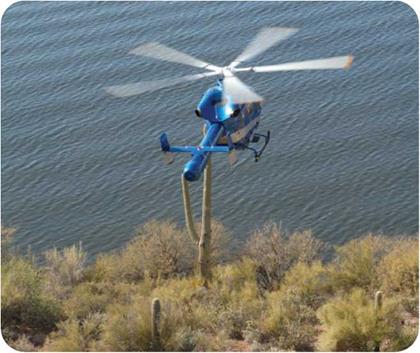Using the Control Surfaces
An airliner should fly straight and level unless the pilot or autopilot commands it to do something different. If its nose is too high or too low, the pilot can level the plane by tilting its tailplane, which is its horizontal stabilizer. If it is tilted up at the front, the tailplane produces more lift, and the tail rises. If it is tilted down, the plane’s tail sinks lower.
When the Bell X-1 rocket plane made its first high-speed flights just below the speed of sound in the 1940s, pilots found it difficult to control. Shock waves forming on the horizontal stabilizer disturbed the air flowing over it so much that the elevators would not work.
————————–
TAILS ON AIRLINERS
The tail of an airliner is more than just an empty shell holding the vertical and horizontal stabilizers. It contains a small engine, usually a turbine engine, which is called the Auxiliary Power Unit, or APU. This supplies electrical power, hydraulic power, and air-conditioning when the aircraft is on the ground and its main engines are not running. Some aircraft have APUs that supply power in the air.
Very large airplanes need an extra-large tail. The tailplane on the huge Boeing 747-400 has enough space inside to store 3,300 gallons (about 12,500 liters) of fuel, which enables the plane to fly an additional 400 miles (650 kilometers).
|
О The Boeing 747-400’s tail fin is nearly 64 feet (19.5 meters) high, or as tall as a six-story building. |
 To solve the problem, Bell made the whole stabilizer move, not just the elevator. Supersonic aircraft today still have this type of all-moving or allflying tailplane, which is known as a stabilator.
To solve the problem, Bell made the whole stabilizer move, not just the elevator. Supersonic aircraft today still have this type of all-moving or allflying tailplane, which is known as a stabilator.











